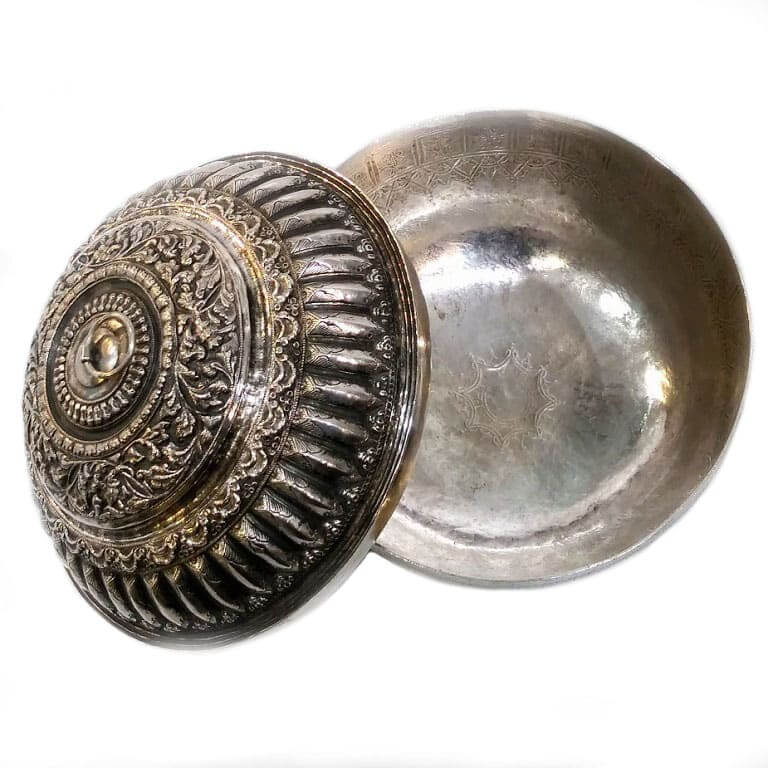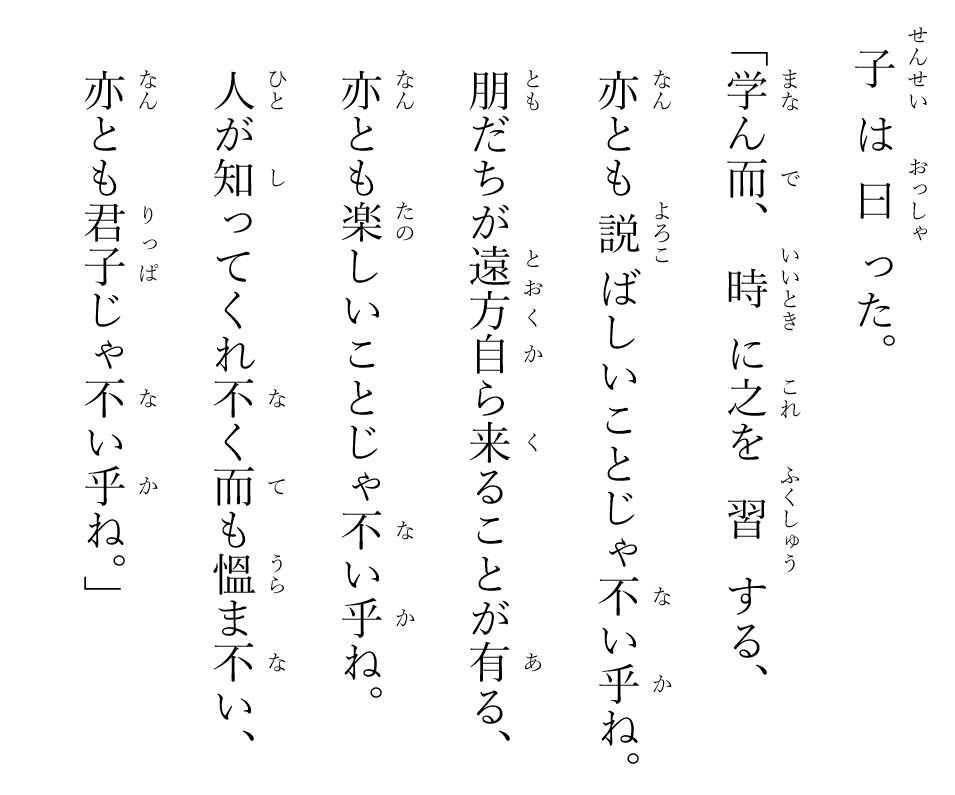Raja Melewar, the wayfaring king of Rembau (1773)
The first three rulers of Rembau were all imported from Pagar Ruyung. The real names of these Minangkabau princes are likely lost but we were told that they are to be addressed as
- Raja Melewar (d. 1795)
- Raja Hitam (d. 1808)
- Raja Lenggang (d. 1824)
. . . the inevitable happened; there were royal efforts to establish a dynasty in Negri Sembilan and minor dynasties in Rembau and Jelebu.
These attempts involved the aspiring Yamtuans in endless conflicts with the territorial chiefs . . .
Raja Melewar was said to have been enpatriarched (dipertuan) at Penajis during the reign of Mahmud III (r. 1770 – 1811). His tomb remains visible today, located within 100 meters of the right fork of Sungai Penajis and not far from the Astana Raja.
Tanah mengandung Sri Menanti
Tanah kerajaan di Penajis
Balai melintang di Sungei Ujong
Balai bertingkat di Johol
Yang mengatur bilang adat di Jelebu
Yang mengukurkan di Rembau
The exact time when the palace was relocated from Penajis to Sri Menanti is not something we can trace with certainty, but it is unlikely that it happened during the reign of the wayfaring king. It should be carefully noted that the name of the royal city is pronounced Soghi Monanti. This pronunciation is surprisingly close to the spelling used by Eredia (1602).

The Yamtuan on the banknote of Malaysia was not directed related to Raja Melewar since we can only trace his ancestors up to the second Yamtuan. Although Raja Hitam married a princess of Raja Melewar, their union did not produce any female offspring. The 29.8-year-old visited Wembley 100 years ago and was attracted by the English ambiance. He asked his father, Yamtuan Muhammad, to allow him to study law. Three years later, Yamtuan Abd al-Rahman was called to the bar at Inner Temple in 1928.

In Eredia's map, the toponym is spelt SVCAMANANTI (Sukhamananti). Probably the original Indic form (সুখ + মনন্তী, Abode of bliss) of the name was corrupted when it was transcribed from Indic script to Arabic script. In one of Tengku Antah's old seal (AH 1293, c. 1876/77), the name of his capital is spelt SRIMUNANTI (سري مننتي, Sri Mnnti), with the vowel u explicitly rendered in the seal.
- English approximations of these names are:
- The Wayfaring King
Rex Viator - The Black King
Rex Ater - The Impeding King
Rex Caesura
Lewar (ليور) or melewar (مليور) means to fly about in large numbers, of birds; to dart about, of large numbers of any animals or bird or fish, e.g. (see Wilkinson (1901), p. 630) Banyak burung terbang melewar, bermain di taman dewa dewata (Many birds are wheeling about the sky, disporting themselves in the gardens of the gods). It is likely that the importation of Raja Melewar to Rembau was accompanied by large number of his followers.

Also Raja Melewar brought with him, a strand of hair, which is now a part of the royal regalia of the state. The hair is jealously guarded and placed inside a brass batil باتل (finger bowl), which in turn is placed inside a small and locked safe box known as peti benian (see P. L. Burns (1971) Papers on Malay subjects, p. 373).
Lenggang (لڠݢڠ) has two meanings (p. 602): (a) rocking, swaying; the rolling of a boat; swingging the arms when walking (b) a short pause. The second meaning, found in both Herman von de Wall's and H. C. Klinkert's Malay-Dutch dictionaries, is a better fit for the context of our story.

The word benian is of Indic origin. Peti benian (বাণিজ্য bāṇijya) is technically a merchant's coffer or a trader's cash box. The word batil باتل is a Malay word and it is not related the quasi-similarly sounding Arabic word باطل.
- The Wayfaring King
- Emily Sadka (b. 1920, d. 1968) was the PhD thesis supervisor of William R. Roff (b. 1929, d. 2013). W. R. Roff (1965) The origins of Malay nationalism, 1900 - 1941. PhD Thesis, Australian National University.
- The orthographically correct way to spell Penajis is ڤناجيس and it is to be pronounced penajeh in local dialect. The spelling is likely locked before the Malay corpus in Negeri Sembilan was enriched by Arabic vocabularies since the toponym is awkwardly similar to njs نجس in Arabic (e.g. Zakiah Hanum spelt the word as Penjis in her Asal-usul negeri-negeri di Malaysia). In Eredia's map (1602), Penajis is spelt Penagim. It is likely a portuguese corruption of পুঞ্জিি (Puñji), which is simply the Indic word for shire or settlement (e.g. খাসিয়া পুঞ্জি Khasia Puñji = Khasia village). Today, the name is fossilized in the names of villages and mosques around that area, e.g. Kampung Penajis, located approximately 2 km from the tomb of Raja Melewar.
- During the installation ceremony, the new king must stay motionless at the center of the pancapersada for several hours, as the Orang Empat Astana (the Four Princes of the Palace) circle around him. This ritual serves to honor and elevate the Yamtuan to the status of the Lord of Meru, the Indic Olympus.
- Sungai Penajis was later renamed to Sungai Linggi (the fork leading to Linggi) and Sungai Rembau (the fork leading to Penajis).




Comments